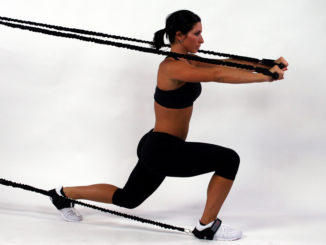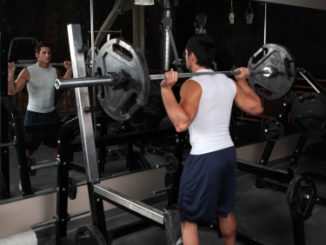
Cooling down after exercise is just as important in reducing the risk of injury as the warming up process before exercise. Cooling down means gradually slowing down the level of activity.
The major purpose of warming up is to prepare the body and mind for rigorous activity, whereas that of cooling down is to assist in recovery and to bring the body back to a pre-exercise or pre-workout state.
Returning back to the normal state
Cooling down also helps the heart rate and breathing to return back to normal. Cooling down after exercise helps prevent dizziness and needless pain. During a rigorous workout, the body experiences a number of stressful processes.
Muscle fibers, tendons and ligaments tend to undergo a lot of strain, and waste products build up inside the body. Cooling down after exercise, if performed correctly, will help the body flush the toxins and release the strains.
Post Exercise Muscle Soreness, also referred to as Delayed-Onset Muscle Soreness (DOMS), is one of the areas where cooling down after exercise is most useful. This is the soreness that is generally faced the day after a strenuous workout.
When exercise is suddenly stopped blood, and waste products like lactic acid (a chemical effect of muscular fatigue), stay in the muscles, which can cause swelling and pain. This process is frequently referred to as ‘blood pooling’.
Cooling down after exercise helps in returning the blood to the heart in adequate quantities to relieve the muscles off lactic acid. The circulating blood also carries with it the oxygen and nutrients required by the muscles, tendons and ligaments for repair and growth.
The three elements for cooling down
An effective process for cooling down needs to include three major parts to guarantee a complete restoration of the circulation system.
These are gentle exercise, stretching and re-fuel.
All of these three elements are equally important and none of them should be ignored or treated as unnecessary.
They work jointly to repair and replenish the body after exercise. Dizziness, nausea and a ‘worn out’ feeling are usual symptoms of an inappropriate cool down process. For an effective cool-down, carry out a low intensity exercise for a minimum of 5 to 10 minutes and follow this with a stretching routine.
Also you can either carry on with the current exercise while gradually slowing its intensity, or jog or walk briskly for a few minutes, making sure that these activities are lesser in intensity as compared to the exercise previously performed.
During the cooling down process, after the heart rate has been lowered, stretch all major muscles, particularly the ones that have just been worked on. Every stretch ought to last for at least eight seconds, with longer stretches and repeats for those muscles that feel particularly sore.
The last part of the cooling down after exercise process involves the re-fuel, just as proper nutrition is needed before exercise to provide the fuel needed for activity, the body requires nourishment for the after exercise process of building muscles so water, minerals and carbohydrates are all needed.



I believe cooling down and stretching down helps you remove excess blood, lactate and anabolic wastes which have pooled in your muscles during exercise, helping to prevent DOMS (delayed onset of muscle soreness).
The “cool down” does not prevent the build up of lactic acid. In fact, lactic acid does not cause soreness and most likely is beneficial rather than harmful. This is a myth. The cool down does prevent dizziness. If you are a beginner athlete, going from intense exercising to stopping abruptly will cause an abrupt change in physiological dynamics for reasons too many to name. Most well-trained athletes that are performing out of their norm don’t need a cool down. I hope this helps.